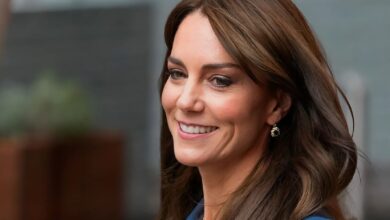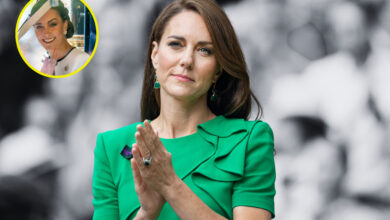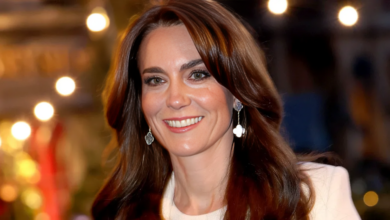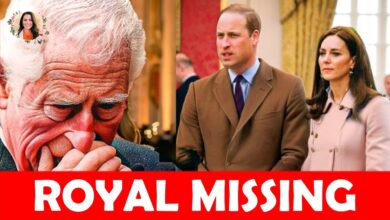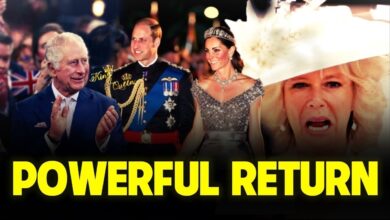How Kate Middleton & Prince William became billionaires? – and their fortune eclipses Meghan Markle & Harry’s mere £30m
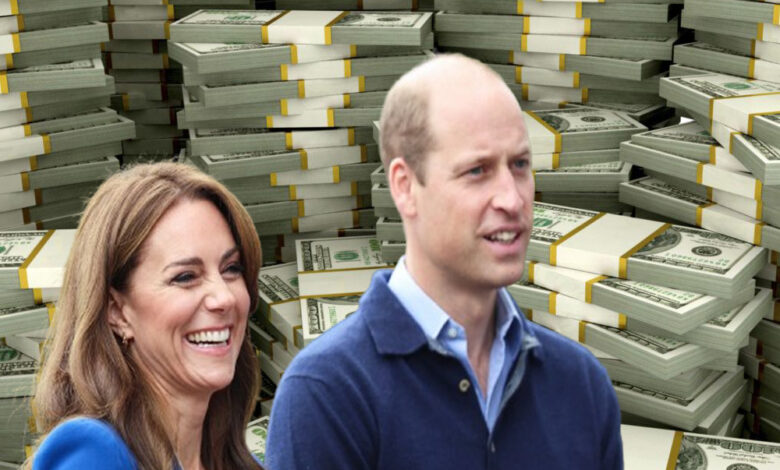

The British Royal Family has long been associated with immense wealth and privilege. However, recent events have significantly reshaped the financial landscape within the family. Prince William and Kate Middleton’s net worth skyrocketed to billionaire status, leaving Prince Harry and Meghan Markle considerably behind with an estimated £30 million. This essay will analyze the factors contributing to this financial disparity, exploring the inheritances, land holdings, and the complex relationship between the Crown and public funding.
The Duchy of Cornwall: A Billion-Dollar Birthright
The primary driver behind William and Kate’s newfound wealth is the Duchy of Cornwall estate. Established in 1337, the Duchy is a vast private portfolio of land and holdings across England and Wales. It encompasses farms, commercial properties, forests, and even a portion of Dartmoor National Park. Upon his ascension to the throne, King Charles III passed control of the Duchy to Prince William. This inheritance is estimated to be worth over £1.1 billion, instantly propelling William into the billionaire category.
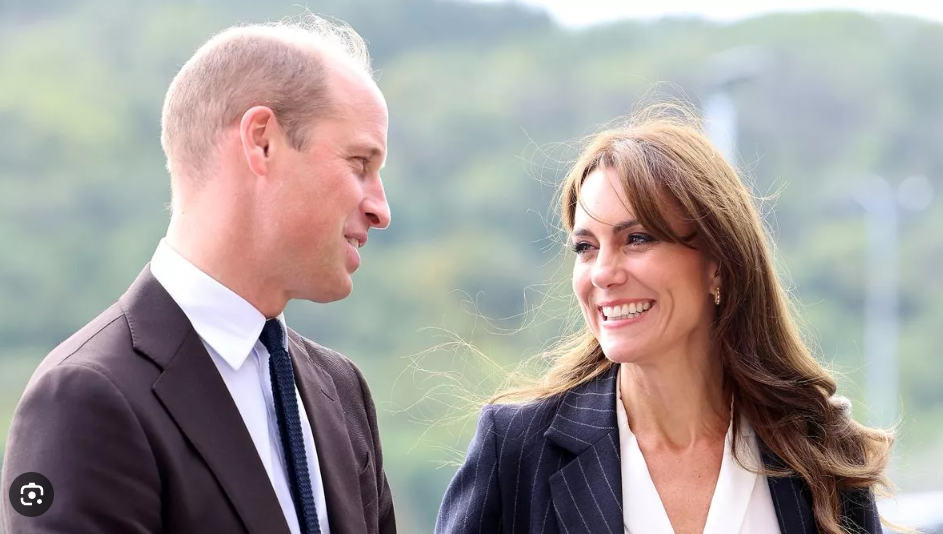
Sovereign Grant and Public Perception
While the Duchy generates significant income, it’s important to distinguish it from public funds. The Royal Family receives a yearly Sovereign Grant from the government, funded by the Crown Estate, a separate portfolio of land and holdings. This grant covers official expenses like travel, staff salaries, and upkeep of palaces used for public duties.
This distinction between private and public wealth is crucial for maintaining public support. The Royal Family is acutely aware of the optics of excessive wealth, particularly in an era of economic hardship. King Charles III, for instance, reportedly continues to pay income tax on the Duchy’s profits, despite not being legally obligated to do so. This gesture aims to portray the royals as financially responsible and accountable.

Harry and Meghan: Stepping Away, Stepping Out
In stark contrast, Prince Harry and Meghan Markle’s decision to step back from senior royal roles significantly impacted their finances. They relinquished their reliance on the Sovereign Grant and any future inheritances from the Duchy of Cornwall.
However, this has not left them destitute. Harry inherited a reported £10 million from his mother, Princess Diana, and the couple has embarked on a path of financial independence. They have signed lucrative deals with streaming services and publishing houses, allowing them to build their own wealth. This shift has generated significant media attention, with some applauding their break from tradition and others questioning their motives.
A Tale of Two Paths: Tradition vs. Modernity
The contrasting financial situations of the two couples highlight a generational shift within the Royal Family. William and Kate represent the traditional model, with their wealth firmly tied to their positions within the monarchy. Harry and Meghan, on the other hand, have chosen a path of self-reliance, pursuing financial security outside the confines of royal duty.

This shift reflects a broader societal trend. The younger generation often prioritizes personal fulfillment and financial independence over adhering to rigid traditions. The public’s perception of wealth and privilege is also evolving. While there is still a fascination with the Royal Family’s lifestyle, there’s also an expectation of fiscal responsibility and social awareness.
The Long-Term Impact: Balancing Wealth and Public Trust
The financial disparity between William and Kate and Harry and Meghan is likely to have a long-term impact on the Royal Family. William’s vast wealth could potentially raise questions about the continued justification for the Sovereign Grant. It may also fuel republican sentiment, with some arguing that a monarchy funded by public money should not hold such significant private wealth.
On the other hand, Harry and Meghan’s financial independence could present a more relatable image to the public. Their self-made success could resonate with a generation that values individual effort over inherited privilege. However, their commercial ventures may also be met with scrutiny, with some questioning potential conflicts of interest.

The Future of the Firm: Balancing Act and Public Perception
The changing financial landscape within the Royal Family presents both challenges and opportunities. Striking a balance between maintaining tradition and public perception will be crucial for the monarchy’s future. The family must navigate the complexities of immense wealth while remaining relevant and relatable to a modern audience.

